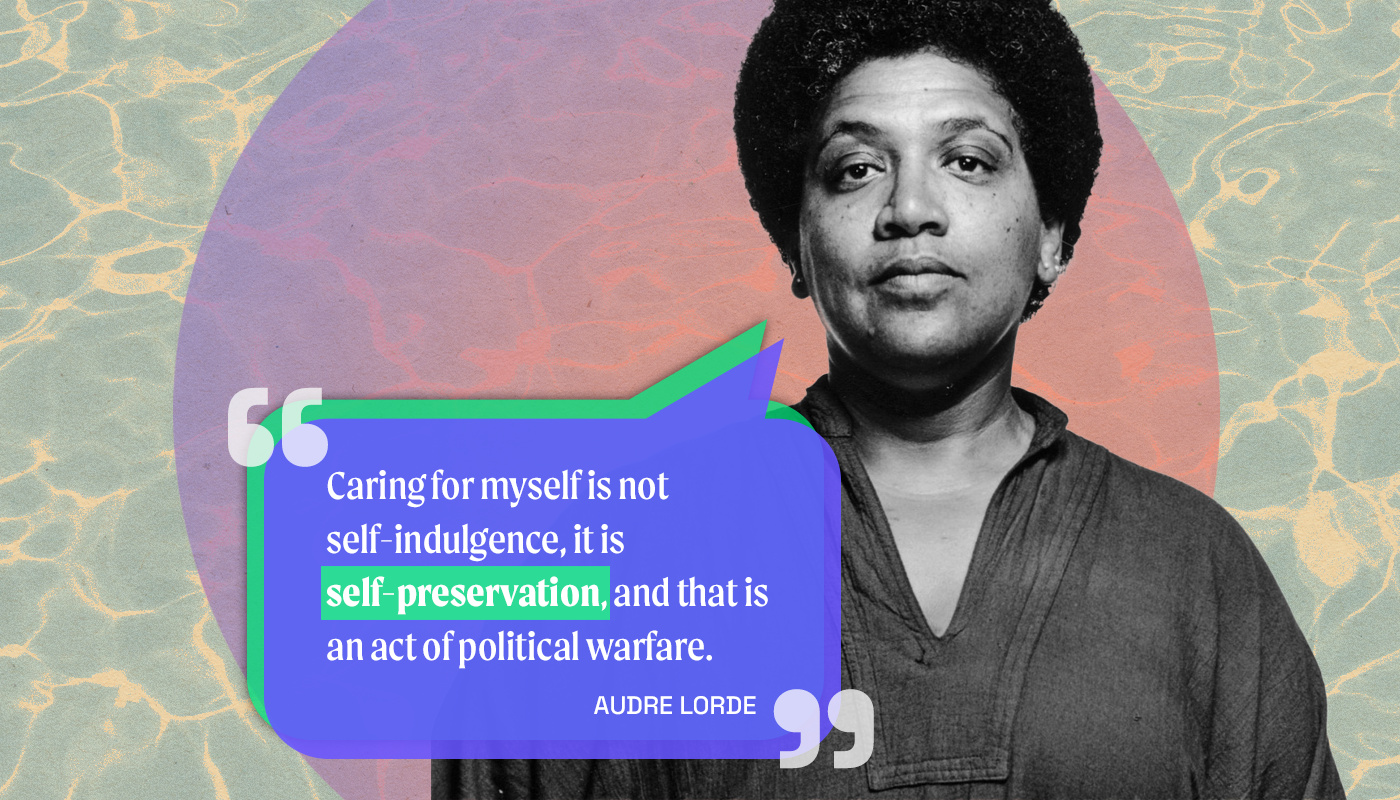Diversity isn’t enough — fix harmful work environments
Create safe workplace cultures before hiring.

For many, recruitment efforts have focused on hiring people from underrepresented racial groups (URGs) into the organization. Racial and ethnic diversity is often seen as the holy grail for diversity, equity, and inclusion (DEI) efforts. Race, along with gender, tend to be the main markers of “success” when we assess workplace diversity. Because DEI success metrics often involve quantifying the intangibles, many companies cling to what is the easiest to measure. While representation is imperative, especially at senior levels within the organization, it is problematic to invite URGs into harmful work environments that might be toxic and exclusionary. There is a heavy emphasis on the “D” in DEI without enough focus on what should be done to ensure that you are bringing people into safe environments where they are valued, nurtured, and have opportunities for growth. This article explores three strategies that should be implemented before bringing URGs into the workplace.
1. Equity audits
Every organization should conduct an equity audit to assess policies and practices. Any organization that is lacking URGs in the talent pipeline should assume there is bias baked into the recruitment and selection process somewhere. Conducting an equity audit can uncover ways that
![]() seemingly neutral policies and practices may unintentionally keep people out of the workplace.
seemingly neutral policies and practices may unintentionally keep people out of the workplace.
One aspect of the equity audit should involve analyzing hiring practices:
- Where are open roles advertised?
- Are you leaning on referral hiring methods, which can perpetuate inequities?
- If you participate in school career fairs, what are the demographics of the schools where these events take place?
- Is there representation among the folks involved in employment decisions?
- Is there a structured or unstructured interview process during hiring?
Evaluate the language used in job descriptions. Also consider adopting an anonymous resume system so that things like name discrimination, age bias, and gender bias don’t impact perceptions of the candidate. Interrogate not only the hiring process but also promotion and pay systems within the organization. Ensure that there is not just diversity but that each employee has the opportunity to thrive and advance.
2. Acclimation strategies
Many employees from different racial and ethnic backgrounds are often made to feel like their identities will negatively impact their ability to ascend within the organization. In 2020, a Google diversity recruiter shared her experience with being ousted from the company. The recruiter had been denied promotion opportunities, was put on a performance improvement plan (which has often been used as a retaliatory tool), and was “told that her Baltimore accent was a disability,” according to reports.
There’s a common assumption that employees who come from different backgrounds must assimilate and completely adjust themselves according to the dominant culture. When hiring employees from racial, ethnic, and cultural backgrounds that deviate from the company majority, implement support systems to help employees navigate company culture, especially as “the only” from a particular community. These could include hosting team-building events where employees get a chance to connect and get to know their colleagues. Frequent check-ins with employees can also prevent misunderstandings, and mitigate microaggressions. You could try “management by walking around” (MBWA), a strategy many have employed to address and mitigate biases. A study found leaders who frequently “walked around,” checking in on employees, were better able to recognize, address, and mitigate microaggressions. In a remote workplace, frequent check-ins could be weekly communications with employees to assess progress, performance, and feelings. Creating an open line of communication will help employees acclimate and adjust to organizational culture.
For employees who aren’t in decision-making positions, sharing feedback with leadership can also open a line of communication that helps shift the environment.
3. Ongoing education
In many instances, employees lack the understanding and education to work with groups of people outside their own. Stereotypes perpetuated within society and media may contribute to lopsided perceptions about different communities. For some, the workplace will be the first time they are in close proximity with people from communities outside of their own. To address harmful work environments and ensure a safe environment, there must be a concerted effort to provide ongoing education about different nuances of different races, ethnicities, and cultures — before folks from URGs are brought in. For organizations that have Muslim employees, for example, are there adjustments made to company practices to account for employees who may be fasting during Ramadan? In addition, do company Happy Hour events take into consideration that not everyone consumes alcohol? Does your bereavement policy account for family structures that exist within different communities? A lack of knowledge about groups outside of our own can unknowingly lead to prejudiced and discriminatory behavior.
Provide employees with ongoing education that centers different communities to ensure that everyone understands how to advocate for and be supportive of people from different backgrounds. After education is deployed, employees are responsible for the environments they are cultivating. Part of reducing harm must involve ensuring that all employees are being held accountable for the cultures that they are contributing to.![]()








